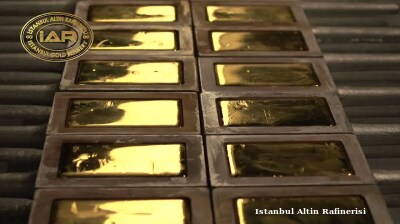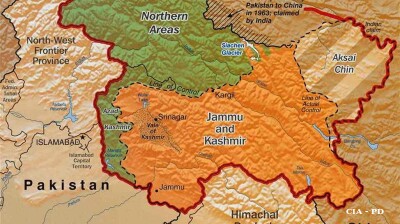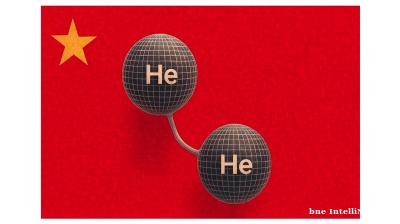Since early 2024 India has typically bought 1.5–2.0 mbpd of Russian crude, or about 35–40% of its total imports. US President Donald Trump is threatening crushing 100% tariffs on Russia’s business partners if they continue to import crude after a deadline expires this week. Can India dump Russian oil completely?
|
Indian oil imports by origin |
|
|
Country |
Share (%) |
|
Russia |
45% |
|
Iraq |
18% |
|
Saudi Arabia |
12% |
|
UAE |
9% |
|
USA |
6% |
|
Nigeria |
3% |
|
Angola |
1% |
|
Kuwait |
1% |
|
Others |
5% |
|
Source: Kpler, 2025 and EOA, 2025. |
|
Commodities watchers on social media have suggested that New Delhi can replace 600,000 bpd fairly easily, but replacing all of Russia’s imports is impossible. Digging into the details and the picture is a little more complicated.
In March 2025 Russian flows to India rebounded to ~1.54 mbpd after a dip; by July–August 2025 India still relied on Russia for roughly 35% of crude, despite some state refiners briefly pausing spot purchases.
Trade‑flow firms report that Indian refiners can and do switch to Middle East and West African grades and add US barrels when Russian supply tightens—especially Basrah, Arab Medium/Light, Murban, WTI, and West African medium/sour grades.
And India is already preparing for the worst case scenario. Energy Intelligence and Vortexa both note there has been active spot buying recently as refineries stock up ahead of the show down. There is still scope to lift optional volumes under term contracts to replace Russian Urals, that indicates meaningful—but not cost‑free—substitution beyond 600 kbpd.
However, two things limit how fast and how fully India can replace all Russian barrels:
Crude quality: much of the Russian crude is medium sour, which Indian refineries are geared to handle; perfect like‑for‑like volumes are finite, so some refineries would face yield/margin penalties or pare runs if forced to switch abruptly.
Price & logistics: Russian oil is cheap as the Kremlin has been forced to sell at a discount as a result of sanctions. Switching sources will raise India’s crude cost and freight complexity. In the short run, that can tighten diesel exports and lift prices, Reuters has repeatedly reported.
While Trump’s sanctions would in the short-term cause headaches, in the longer term Russia’s crude imports to India can be replaced with crude from Middle East, West Africa and the US.
In practical terms, Indian refiners can substitute several hundred kbpd of Russian crude with Middle Eastern or West African barrels, especially for sweet or medium grades. For example, In December 2024, India’s imports from Iraq and UAE surged as refiners sought Basrah Medium and Arab Light to offload 1.3–1.6 mbpd of Russian imports. And state-owned refiners paused new Russian spot purchases by late July 2025 over shrinking discounts, sourcing instead from the Middle East and West Africa.
However, the heavy-to-medium sour volume represented by Urals, which made up most of India’s intake, is far harder to replace without damping refinery runs or accepting margin penalties.
But over the following weeks to months, India could replace most Russian barrels at higher costs and with quality trade‑offs for a less profitable business. US light sweet crude, for instance, yields more gasoline, less diesel, compressing diesel margins—significant, since diesel dominates India’s fuel mix.
As bne IntelliNews has reported, Western oil sanctions on Russia have largely failed. Following the imposition of the twin EU oil sanctions on crude and refined products at the end of 2022, it took Russia only four months to redirect its entire oil export business to Asia. Since then, as the US has tried to impose new sanctions on the shadow fleet, companies, and banks, it has usually taken about 3-4 months for Russia and its partners to find a workaround.
|
Grade‑by‑Grade Substitution |
||
|
Russian Grade |
Typical Middle Eastern / US / West African Substitutes |
Challenges / Impacts |
|
Urals (medium sour) – ~70–80% of Russia’s exports to India in early 2025 |
Basrah Medium, Arab Medium, Kuwait Export Sweet, Murban, WTI Midland from US, Angolan/Dongola from West Africa |
Urals is medium sour; substitutes often differ in API/sulphur, affecting yields, especially diesel vs gasoline output, and refinery margins |
|
ESPO Blend (light sweet) – rising share in early 2025 to ~100 kb/d in April |
Similar light sweet grades such as Novy Port Light, Siberian Light, WTI |
These are closer in quality; substitution easier but quantities limited outside term contracts |
|
Sokol / Arctic grades – small share to India |
Few direct equivalents; limited volumes available globally |
Hardest to replace in volume or timing; mostly niche feeds |
|
source: bne IntelliNews |
||
Features

BEYOND THE BOSPORUS: Prosecutors make move on “fictitious export schemes” of Istanbul Gold Refinery
Observers point to intra-regime gangs seizing each other’s wealth, remember Erdogan’s “Hello Fatih” phone calls and ponder whether wanted man Turgay Ciner is in London.

Taliban visit to India upsets Pakistan, signals New Delhi's changing Afghan posture
Coinciding with the visit, Pakistan conducted military operations inside Afghanistan, followed by airstrikes on multiple border towns. Retaliation against Pakistan's police training facilities and border outposts followed.

Pakistan’s India-shaped chip on the shoulder, and why a peaceful coexistence is as elusive as ever
Pakistan must first redefine how it sees India - not solely as a threat to be contained but as a neighbour with whom coexistence is unavoidable. That psychological leap has eluded generations of Pakistani leaders.

Trump shocked by China’s move on rare earths, threatens more 100% tariffs
"Some very strange things are happening in China!" Trump wrote in a post on his Truth Social account on October 10, adding "They are becoming very hostile."




_200324_0_1759920023.jpg)